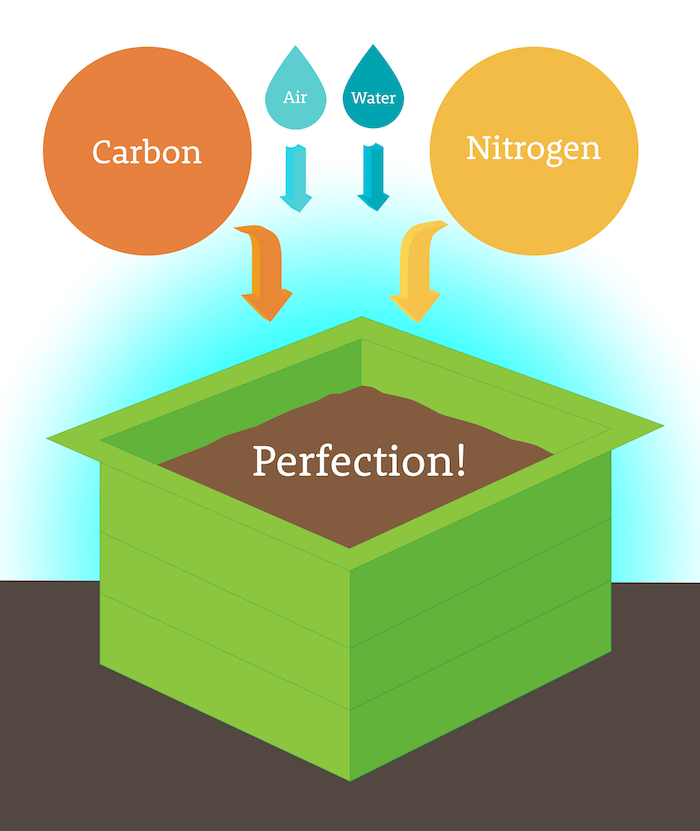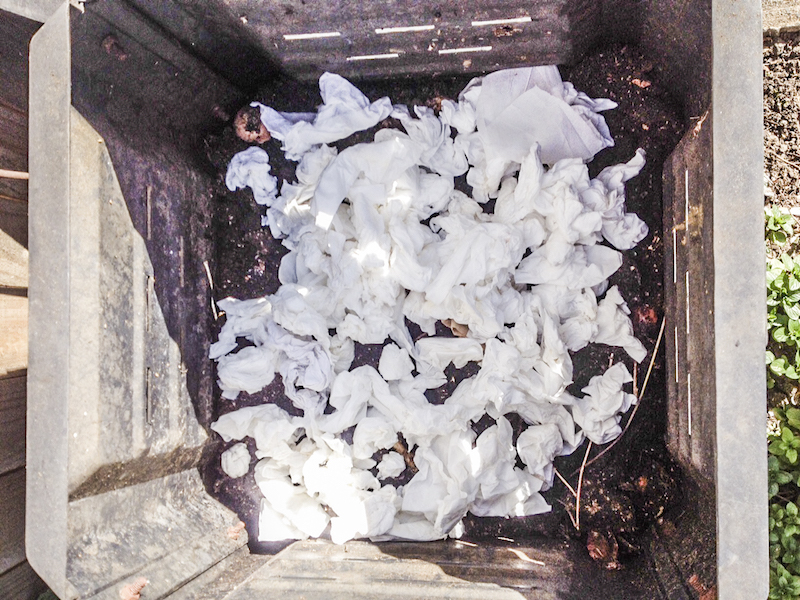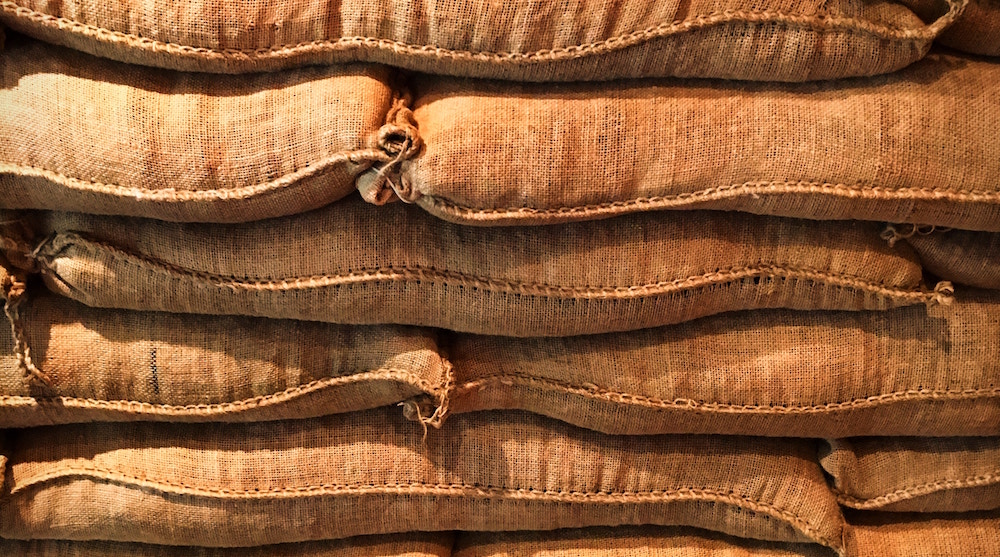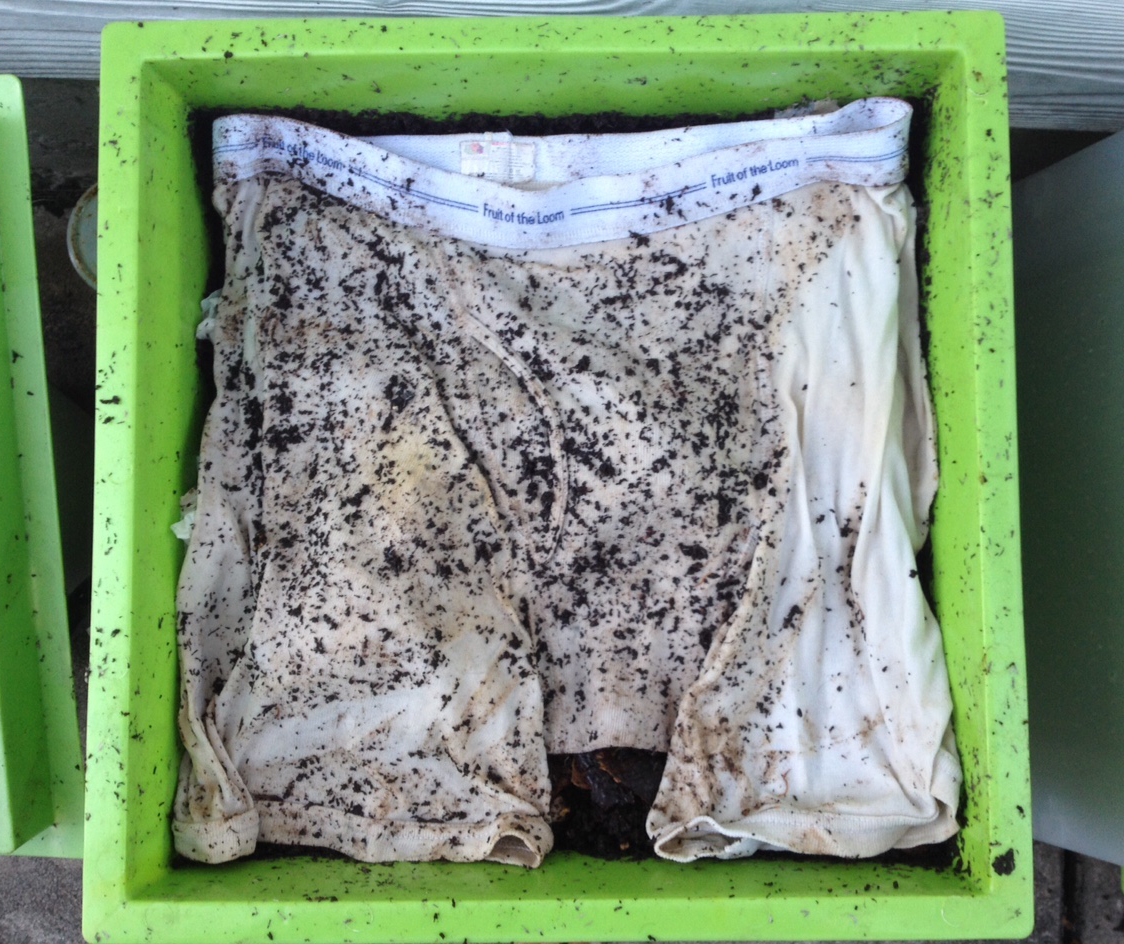Just like us, worms need a balanced diet and a comfortable environment in order to thrive. In every healthy worm farm, you’ll find a balance of four critical elements that, together, keep everything running smoothly: carbon, nitrogen, air, and moisture.

Nitrogen creates heat in a worm farm, and carbon helps to cool it down. Combined with a regular supply of water, carbon and nitrogen balance the PH level and temperature in the system. This provides a supportive environment for bacteria and worms to break down waste efficiently.
The ideal mix of carbon and nitrogen in a healthy worm farm is about 50/50, so for every handful of nitrogen, add a handful of carbon.
Nitrogen (greens) comes from food scraps and green plant matter. Fruit and vegetable scraps, eggshells, hair, coffee grounds, and fresh grass clippings are all rich sources of nitrogen, nutrients, heat, and energy.
Carbon (browns) comes from cellulose-based materials such as paper and cardboard, coffee husks (not grounds), or anything that was once part of a woodier plant, like dry leaves and grasses.
Finding urban ‘carbs’
Many urban and apartment dwellers don’t have access to the same kinds of carbon sources that homes with gardens do, so here are some suggestions for turning rubbish into a resource. Get creative!
Newspaper

In a worm farm, bad news is good news. Trump said this, Abbott said that...take the newspaper headlines you hate most, shred them up, and feed them to your worms. They’ll eat it up and poop it out. Perhaps the best way to make use of political platitudes and empty promises. Here’s how our worms handled Trump.
Paper and cardboard

Uncoated paper and cardboard are fantastic sources of carbon. You can shred up ho-hum stuff like newspaper, egg cartons or envelopes … but why not have more fun with it?
Don’t want anyone seeing your latest credit card bill? Worms can fix that.
Terrified of your parents seeing your latest school report? No matter your grades, your worms will eat ‘em up much faster than your parents will.
Over junk mail? Worms will turn that trash into treasure.
We take no responsibility, however, if your worms eat your homework.
Shredded office paper

This one feels soooo good. Meeting agendas, reports, reviews and presentations - who even needs those? Rip up all that anxiety-inducing, infuriating bureaucracy and mix it in as a cathartic offering. Begone, useless time-wasting paperwork!
Tissues

Yep. Worms will eat used facial tissues. Let’s not judge - the fine, thin carbon is a delicacy.
Leafy matter

Old straw, rotted grass clippings, dry tree leaves and hay bring that carbon-rich roughage to your worm farm. Small amounts of sawdust from untreated timber works well too.
Be careful not to add any leafy or woody matter that has been treated with pesticides or other chemicals as they will be toxic to your worms.
Undies, coffee bags and old t-shirts

You may notice that your worms love a good chew through your worm blanket. This is no mistake - they’re partial to the woody, carbon-y goodness of these materials. Your worm blanket is likely made of hessian or coconut husk, making it a valuable addition to the worm diet. If your worms have made a meal of their blanket, you can nab one of our repurposed hessian coffee sack worm blankets here.
Cotton, wool or hemp fabrics are also great to either cover your worm farm or cut up and add to the mix.
Shred it. Crumble it. Break it down.
Cutting up or blending food scraps increases the surface area of organic matter, helping worms and bacteria break it down faster.
- Shred or slice paper and cardboard into small strips
- Crumble dry leaf and straw matter as much as you can, or
- Partially rot grass clippings before introducing them to the worm farm, to lower their nitrogen content.
If your worm farm has lacked carbon matter for a while, it’s a great idea to gently mix any of the above carbon sources through your soil. The mixing action will not only introduce carbon into your farm, but also the oxygen needed to counter unwanted anaerobic conditions.
Remember the 50-50 rule for a happy worm farm
We’re generally very good at adding nitrogen-rich food scraps to our worm farms, but let’s not forget the important role that carbon also plays. With the right mix of nitrogen and carbon, your worms will be in optimal shape to keep your industrious little compost factory humming along perfectly.
Have you gotten creative with your carbon? Let us know on our Facebook page.
--
Like what you've read? Subscribe to our updates & we'll send you more blog posts and other news from the front lines of the revolution.




